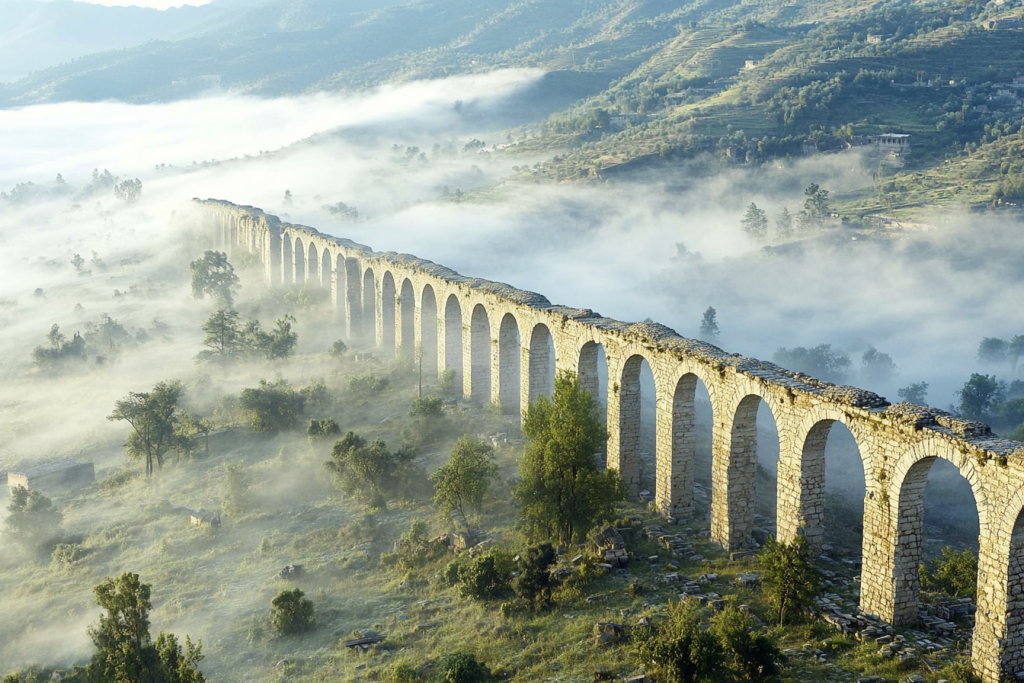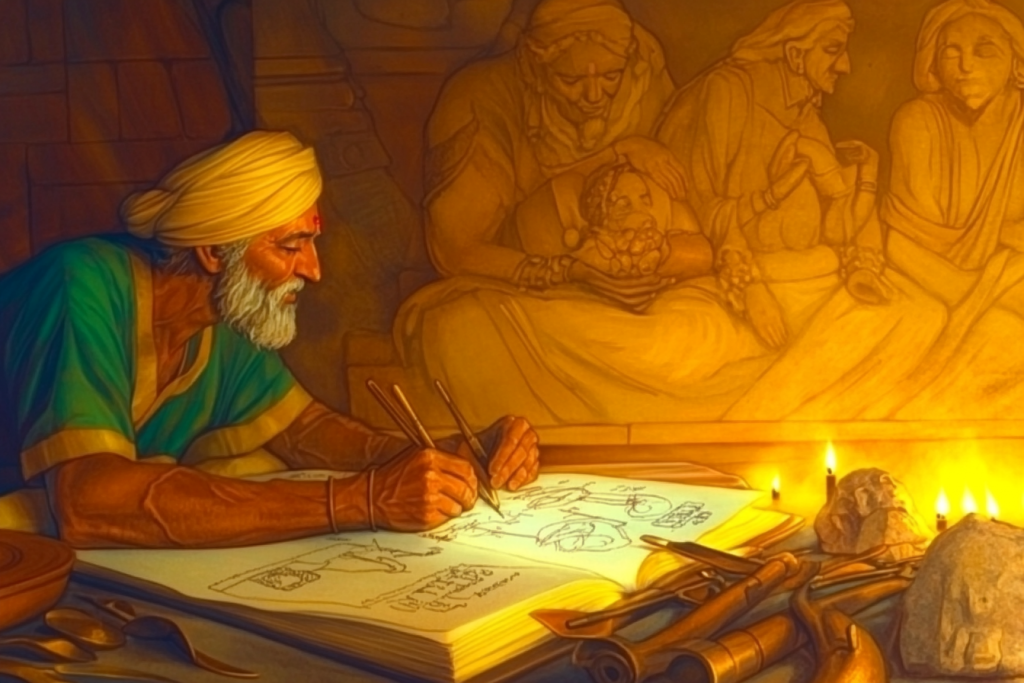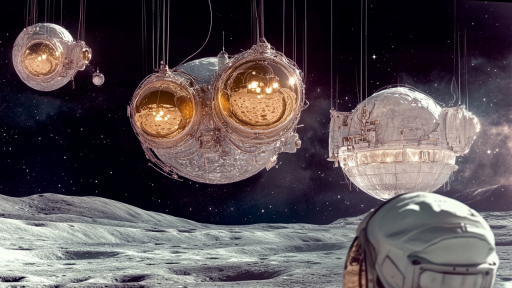
History often paints ancient civilizations as primitive compared to modern society, but the truth is far more fascinating. Across the world, early cultures demonstrated knowledge and innovation that rival—or even surpass—some of today’s advancements. From complex medical procedures to engineering feats that baffle experts, these ancient people were far ahead of their time. The more we uncover, the more we realize that the past may hold secrets we are only beginning to understand.
Precision Brain Surgery in the Ancient World

Archaeologists have discovered skulls from thousands of years ago with evidence of trepanation—drilling holes into the skull to relieve pressure or treat head injuries. Surprisingly, many patients survived, as indicated by the healing of the bone. This suggests that ancient surgeons had a deep understanding of cranial anatomy and surgical techniques. The fact that they performed these procedures without modern anesthesia or sterile conditions makes their success even more astounding.
The Ingenious Water Management Systems of the Nabataeans

The Nabataeans, builders of Petra, mastered water conservation in one of the driest regions on Earth. They created a vast network of underground cisterns, pipelines, and reservoirs to store and distribute water efficiently. This allowed them to sustain a thriving civilization in the desert, even during droughts. Their engineering rivals modern water management techniques and remains a testament to their ingenuity.
Ancient Antibiotics: The Surprising Use of Mold

Long before the discovery of penicillin, ancient civilizations were using mold and fermented substances to treat infections. Egyptian and Chinese medical texts reference the use of moldy bread and herbal pastes to prevent wounds from becoming infected. Modern analysis has confirmed that some of these ancient remedies contained natural antibiotics. Their intuitive understanding of microbial healing was centuries ahead of its time.
The Lost Science of Roman Concrete

The durability of Roman concrete continues to puzzle modern engineers. Unlike today’s concrete, which deteriorates over time, Roman structures like the Pantheon and aqueducts have stood for millennia. Scientists have discovered that a self-healing chemical reaction occurs within the mixture, strengthening the material over time. If we could fully unlock this lost formula, it could revolutionize modern construction.
Ancient Underground Cities That Defy Explanation

Beneath the surface of Cappadocia, Turkey, lies a network of underground cities capable of housing thousands. These vast, multi-level settlements included ventilation shafts, kitchens, and even stables, allowing people to live hidden from invaders for extended periods. The precision with which they were built suggests advanced planning and engineering. The full extent of these underground civilizations is still unknown.
The Advanced Optics of Viking Lenses

Vikings may have had access to near-perfect optical technology centuries before the invention of modern lenses. Archaeologists have discovered polished rock crystal “sunstones” that allowed them to navigate even in overcast conditions. Some lenses found in Viking sites are so precisely crafted that they rival 19th-century optics. This suggests an advanced understanding of light refraction long before the scientific revolution.
The Astounding Engineering of Machu Picchu

The Inca city of Machu Picchu was built with anti-seismic engineering that allows its stone walls to withstand powerful earthquakes. The precisely cut stones fit together without mortar, enabling them to shift and resettle without collapsing. Even modern builders struggle to replicate this level of seismic resistance. How the Inca developed such expertise without advanced tools remains a mystery.
Sophisticated Dentistry in Ancient Civilizations

Archaeological discoveries reveal that ancient cultures performed advanced dental procedures, including filling cavities and using rudimentary implants. Skulls from ancient Egypt and Mesoamerica show evidence of drilled teeth and even gold-wire dental work. Some civilizations used herbal anesthetics, reducing pain during treatment. These early dentists were far more skilled than previously believed.
The Unexpected Power of Ancient Earthquakes Detectors

More than 1,800 years ago, the Chinese scientist Zhang Heng invented the world’s first known seismoscope. This device could detect distant earthquakes with remarkable accuracy, using a system of internal pendulums and dragons holding metal balls. When an earthquake struck, a ball would drop into a corresponding direction, indicating the epicenter. Some researchers believe it was more precise than early modern seismographs.
The Advanced Surgical Tools of Ancient India

Ancient Indian texts describe surgical procedures with scalpels, forceps, and even early versions of plastic surgery. The physician Sushruta, known as the “father of surgery,” detailed complex operations, including cataract removal and reconstructive nose surgery. Many of the tools he described closely resemble modern surgical instruments. His contributions to medicine were centuries ahead of their time.
The Surprisingly Accurate Maps of the Ancient World

Ancient maps, such as the Piri Reis map of 1513, contain stunningly accurate details of coastlines, some of which were supposedly unmapped at the time. Some researchers believe these maps were based on far older sources, possibly dating back to lost civilizations. The level of geographical knowledge displayed challenges traditional views of history. Did ancient seafarers explore more of the world than we realize?
The Great Pyramid’s Mathematical Perfection

The Great Pyramid of Giza isn’t just an architectural marvel—it’s a mathematical enigma. Its base is nearly a perfect square, and its alignment with true north is more precise than modern buildings. Some researchers suggest it encodes astronomical and geometric knowledge far ahead of its time. The precision of its construction remains one of the greatest mysteries of ancient engineering.
The Forgotten Art of Sound Levitation

Ancient legends and mysterious texts suggest that some civilizations may have harnessed the power of sound to move massive objects. Tibetan monks were said to use chants and instruments to lift boulders into place, while old Sanskrit texts describe “mantras” that could manipulate matter. Modern researchers have demonstrated that high-frequency sound waves can levitate small objects, hinting that ancient cultures may have understood acoustic levitation long before us. Could this be the secret behind some of history’s most astonishing architectural feats?
What Else Have We Overlooked?

Every new discovery forces us to reconsider what we thought we knew about the past. Ancient civilizations displayed knowledge and skills that rival—or even surpass—our own in unexpected ways. Could there be even more lost advancements waiting to be uncovered? The deeper we explore, the more history reveals that the ancients may have been more advanced than we ever imagined.





